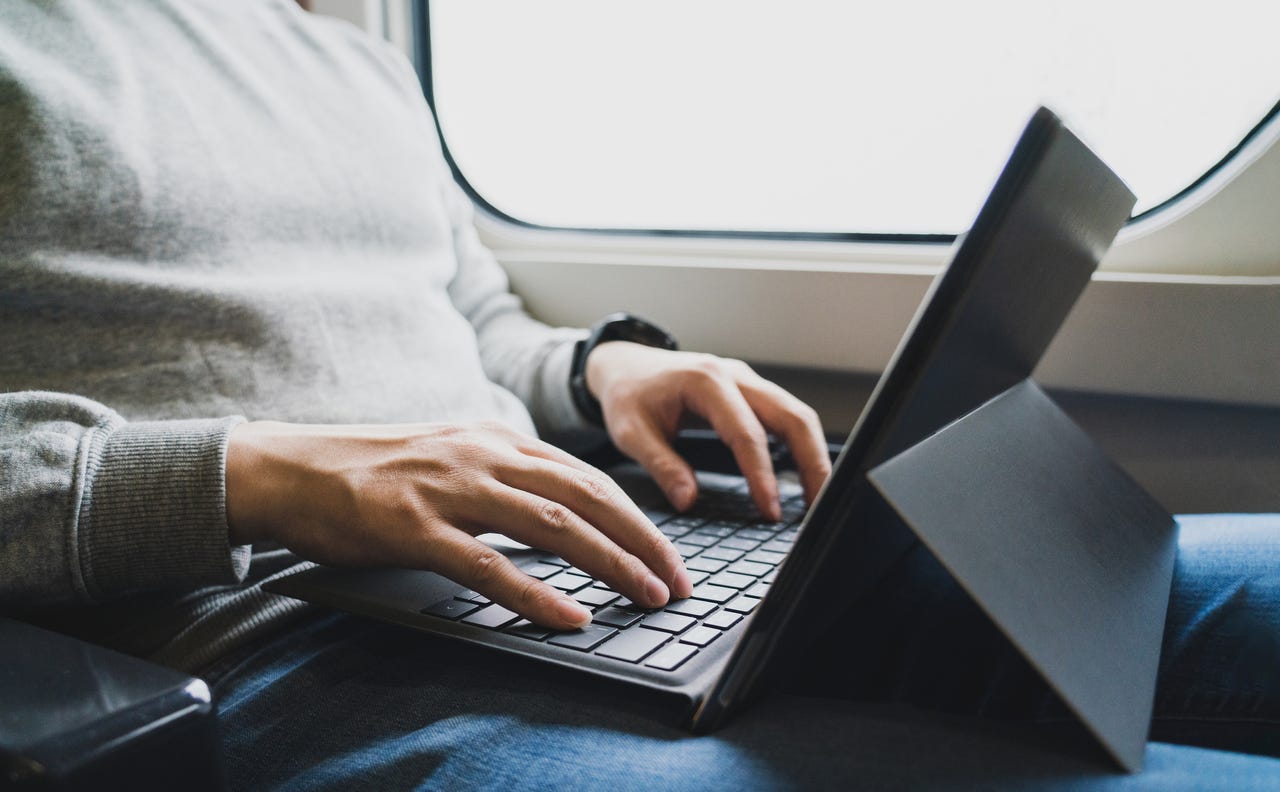































 Getty Images/TravelCouples
Getty Images/TravelCouples Want an easy way to share photos and other files between your Windows PC and Android device? One handy option is Google's Quick Share for Windows. Accessible as a free app for Windows 10 and 11, Quick Share lets you send any file from your Android device to your PC, or vice versa.
Formerly known as Nearby Share, the feature was renamed Quick Share based on Samsung's tool of the same name. Unlike Samsung's version, Google's Quick Share works with any Android device as long as it's running version 6.0 or higher.
Also: The best Android phones you can buy
Sharing files between different types of mobile devices and computers has always been tricky as each company provides its unique method, typically with certain limitations.
Apple's AirDrop works only with iPhones, iPads, and Macs. Windows comes with a Nearby Sharing feature, but that's designed to share files between different computers. Otherwise, sharing certain files between a PC and an Android device usually requires an external tool, such as Microsoft's Phone Link or Intel's Unison.
Also: How to share your location on Android
Quick Share also lets you share files between different Android devices. But here, I'm focusing on the ability to share files between Android and Windows. Now, let's see how this plays out.
To send files from an Android device to a Windows PC, Bluetooth and Wi-Fi must both be enabled in Windows.
To grab the Quick Share app, browse to the Quick Share website and click the Download Quick Share button. Run the downloaded executable file to install the program.
Open the shortcut for Quick Share for Windows from the Start menu. If you're not automatically signed in, click the Sign in button to log in with your Google account.
Click the dropdown menu on the left sidebar under your PC's name and select one of the options for receiving files. The app offers three choices -- Receive from everyone, Receive from contacts, or Receive from your devices. You can also set the option to hide the device when you're not using Quick Share.
Also: How to upgrade your 'incompatible' Windows 10 PC to Windows 11
Ensure the Quick Share for Windows app is running in either the foreground or the background. By default, you can exit the app, and it will continue to run from its icon in the Windows System Tray.
On your Android device, open the file that you want to share. One way to do this task is to launch the Files app and navigate to your chosen file. If you're sharing a photo or video, you can do that from the Photos app.
Also: Why 'debloating' Windows is a bad idea (and what to do instead)
With the file open, tap the Share icon in Android and choose Quick Share. Select the name of your Windows PC. The first time you do this, you may need to pair your Android device and computer.
The file is sent to your computer, where you can open it in its associated application.
After you've installed and set up the Quick Share app, you can easily send a file from your PC to your Android device.
To send a file (or an entire folder) from Windows to a nearby Android device, drag and drop it onto the Quick Share for Windows screen or select it from File Explorer.
Any nearby Android devices with the Quick Share app should appear in the list. Select the target device.
The first time you try to send a file from Windows, your Android device will prompt you to pair and connect with your PC. Tap the requests on your device and computer to initiate the pairing and connection. Click Accept on your Android device. After the transfer is complete, go to the downloads folder on your Android device or open the file with its associated app.
 Etiquetas calientes:
tecnología
Servicios y Software
Sistemas operativos
Etiquetas calientes:
tecnología
Servicios y Software
Sistemas operativos